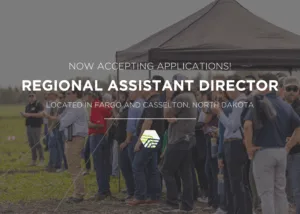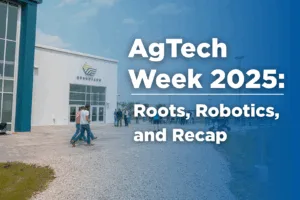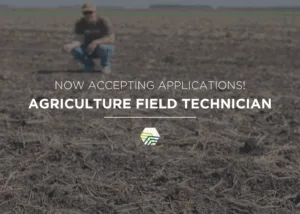We all know the impact agriculture has on the environment. From greenhouse gas emissions to water usage, agriculture has severe implications for the planet. To address this important issue, Microsoft launched Project FarmVibes with the goal of enabling researchers, practitioners, and data scientists to build affordable digital technologies to help farmers.
We sat down with Ranveer Chandra, Microsoft’s CTO for Agri-Food, to discuss the work they are doing.
Q&A with Ranveer Chandra
What are the key challenges Project FarmVibes is aiming to address?
Project FarmVibes is Microsoft Research’s initiative on empowering every farmer with digital tools and hardware resources to help them adopt sustainable agricultural practices.
Toward this goal, we are making code and resources available to our partners. This initial open-source research toolkit, called FarmVibes.AI, comprises multiple AI-powered workflows and models to enable data-driven agriculture. The goal of the technology is to empower agricultural researchers and data scientists to leverage AI on data to augment agricultural industry knowledge of farming and grow nutritious food in a sustainable way. Data scientists and researchers with agriculture-specific knowledge can use this as a starting point for obtaining new insights and build their AI models and solutions for agriculture and food.
Project FarmVibes is focused on a variety of key technologies: network connectivity, edge computing, artificial intelligence, and chatbots. How did you settle on these use cases?
There are two key challenges in enabling data-driven agriculture. First is the ability to collect data from a farm. A recent USDA study showed that close to 60% of US farmland doesn’t have good internet connectivity. We are addressing this challenge by building technologies to connect the farm and ensure that the services can be provided even when connectivity to the cloud is weak using Edge Compute.
The second challenge is to deliver insights based on the data. For this, we need to use Artificial Intelligence to derive the insights, and then use generative AI tools, such as large language models, to make the information usable to farmers—many of whom are not as experienced with these new technologies.
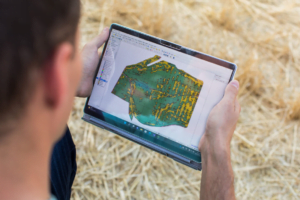
Data privacy is a major concern for farmers. How are you ensuring farmer data is protected?
Our system is built on Azure, with the cloud security techniques that make sure that a farmer’s data is secured with the latest security principles. We also use techniques such as Azure Confidential Compute to ensure that the data is not decrypted unless needed.
How will farmers interact directly with FarmVibes?
Although FarmVibes is open-sourced, we do not expect it to be used directly by farmers, unless the farmer is more tech-inclined. Our plan is to make this available to farmers through partners.
What role will AI play in agriculture? How will farmers interact with AI?
The goal of Project FarmVibes is to democratize AI for sustainable agriculture. In order to use AI for sustainable agriculture, we need to get good data, merge different data streams, and combine different AI workflows—all of this while making the pipelines efficient and scalable. Through our research, and this FarmVibes release, we are making three key contributions, which are not available anywhere today:
- Making new AI algorithms available, including to see through clouds, predict microclimate, and merge different data streams.
- Making tools for affordable data acquisition available, including TV White Space IoT capabilities, drone compression, and Edge transfer software.
- Ability to merge different workflows. We are including several workflows for sustainable agriculture.
The latest advances in AI, such as through generative AI models, are also useful in making insights available to the farmer. A farmer in the middle of the farm with soiled hands can talk to their phone instead of typing on it. Or a farm worker who cannot read or write can interact with his or her device using the natural language capabilities in chat-based tools. We are bringing the latest in AI to agriculture through Project FarmVibes.
The amount of data collected in agriculture is staggering. On a 1,000 acre-farm, there can be millions of data points collected. How can the industry collect, organize and make sense of that data?
This is indeed a unique challenge, which is exacerbated by weak internet connectivity in the middle of the farm. Having the right technology (e.g., for connectivity, and Edge Compute) will be critical in capturing the information. Building the appropriate AI models will be necessary to translate the data into insights. Additionally, we also need the right governance of the data, and appropriate training to the farmers, so that they know the value of the data, and also develop the skills to use these insights. We are working on some of these through the FarmBeats for Students kits.
